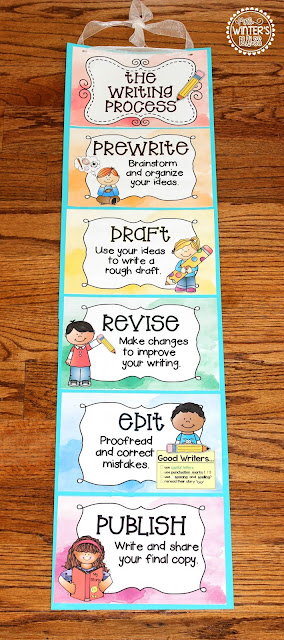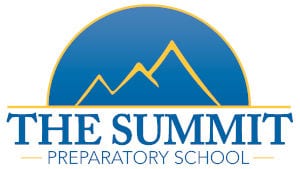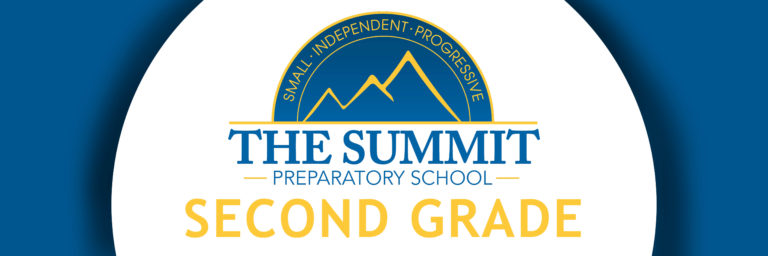
We have been working diligently on understanding the writing process in Writer’s Workshop. The writing process mirrors the way proficient writers write. In using the writing process, students will be able to break writing into manageable chunks and focus on producing quality material.
Studies show that students who learn the writing process score better on writing assessments than those who receive only specific instruction in the skills. This type of authentic writing produces lifelong learners and allows students to apply their writing skills to all subjects. Success in writing greatly depends on a student’s attitude, motivation, and engagement. The writing process takes these elements into account by allowing students to plan their writing and create a publishable, final draft of their work of which they can be proud. It addresses students’ need for a real audience and allows the time to draft and redraft their work. I am helping my students think carefully about each stage of their writing by guiding them through the writing process repeatedly and continually, as the year progresses, not only during Writer’s Workshop but across various content areas. I will help guide their writing through individual conferences on a daily basis. The writing process introduces students to a variety of genres, encourages creativity, and incorporates writing conventions. This process can be used in all areas of the curriculum .
The writing process is as follows:
- Prewriting—This step involves brainstorming, considering purpose and goals for writing, and using graphic organizers to connect ideas, and design a logical structure for specific writing purposes.
- Drafting—Students work independently at this stage. I meet with students individually, on a daily basis, as they write, offering praise and suggestions while observing areas with which students might be struggling. These meetings help guide my instruction for upcoming minilessons on specific writing skills.
- Revising—Students will practice revising specific aspects of their writing to make it more coherent, clear, and interesting to their audience. We will learn these techniques during minilessons taught at the beginning of our Writer’s Workshop time. I model by sharing quality literature, sharing my own writing and utilizing group writing projects. I encourage my students to reread their own work more than once as they think about whether it really conveys what they want to their reader. Reading their work aloud to classmates and other adults helps them to understand what revisions are needed. The goal of revising is to truly make their work better for their audience.
- Editing-The sole purpose of editing is to find and correct convention mistakes. We utilize C.O.P.S. (Capitalization, Organization, Punctuation, Spelling) to support this step in the process. Peer editing is quite helpful to help young writers recognize their convention mistakes.
- Publishing—Publication entails the final preparation of a piece of writing for the intended audience and may involve preparing a neatly handwritten or word processed copy of the final draft and the addition of illustrations or other graphic elements. I encourage my students to publish their works in a variety of ways. The final published piece of writing gives students such a sense of accomplishment and pride. Learning and understanding the writing process will be ongoing throughout the school year. My second graders will grow so very much as writers! They will truly become authors!!!!


